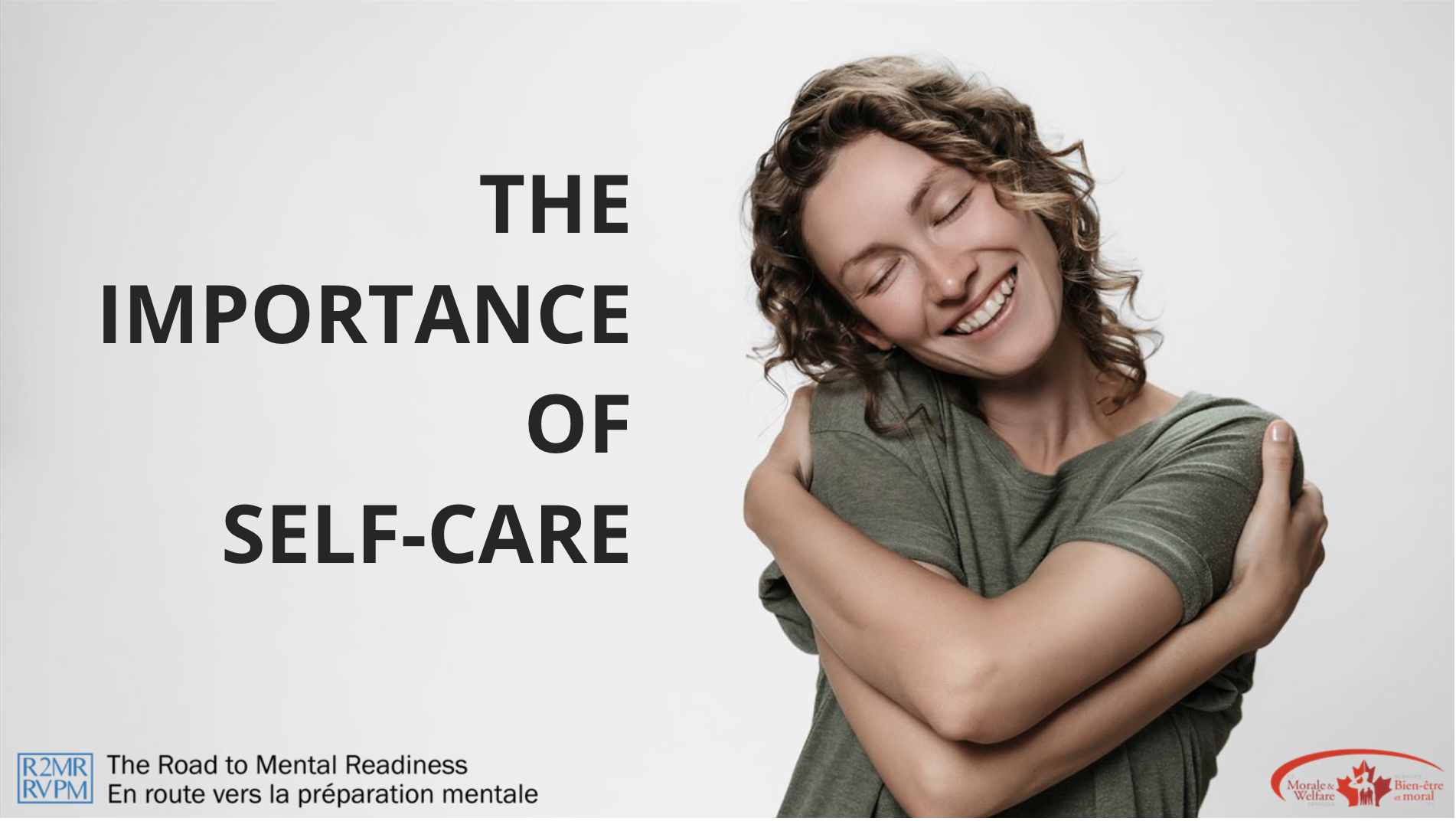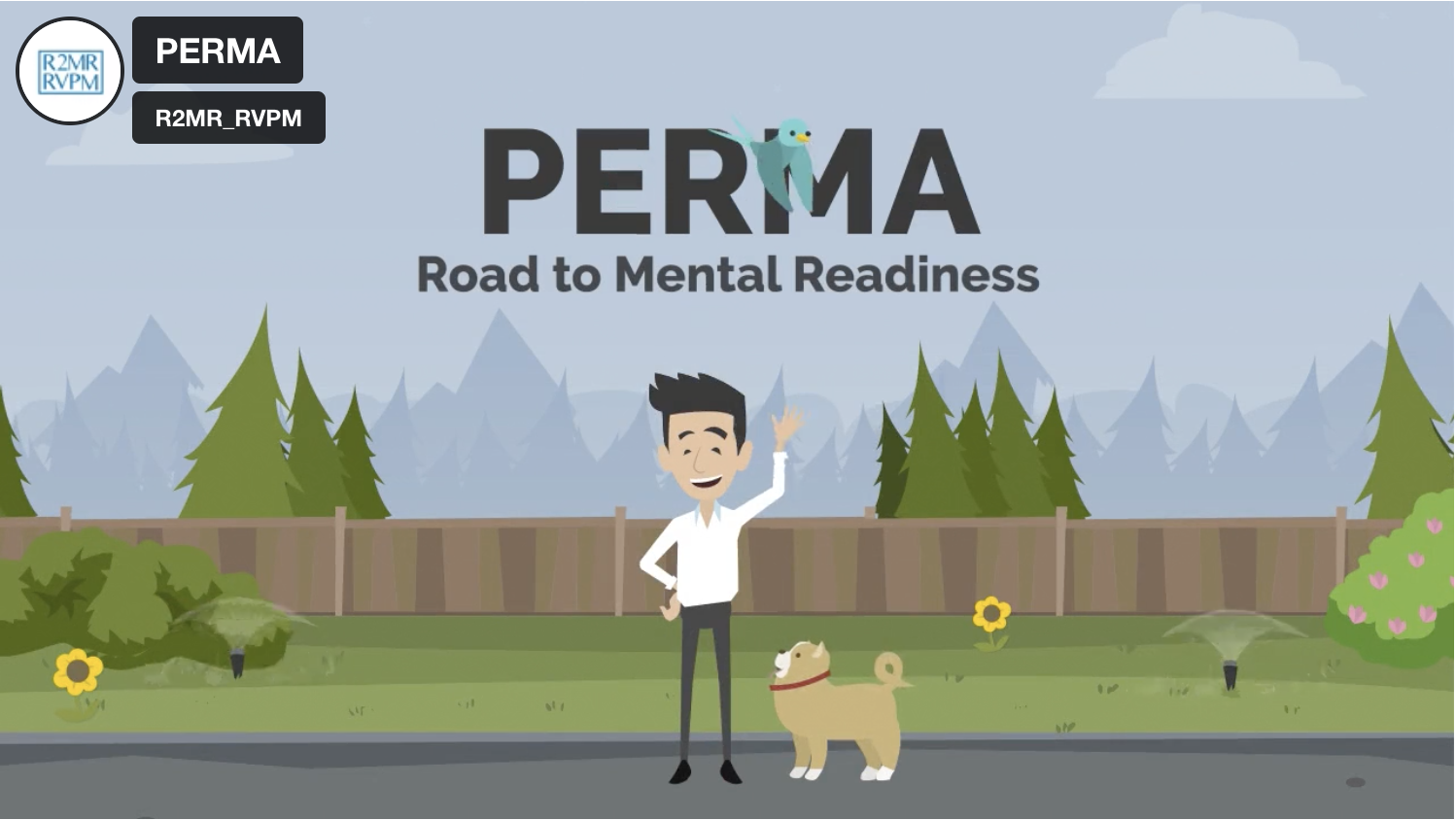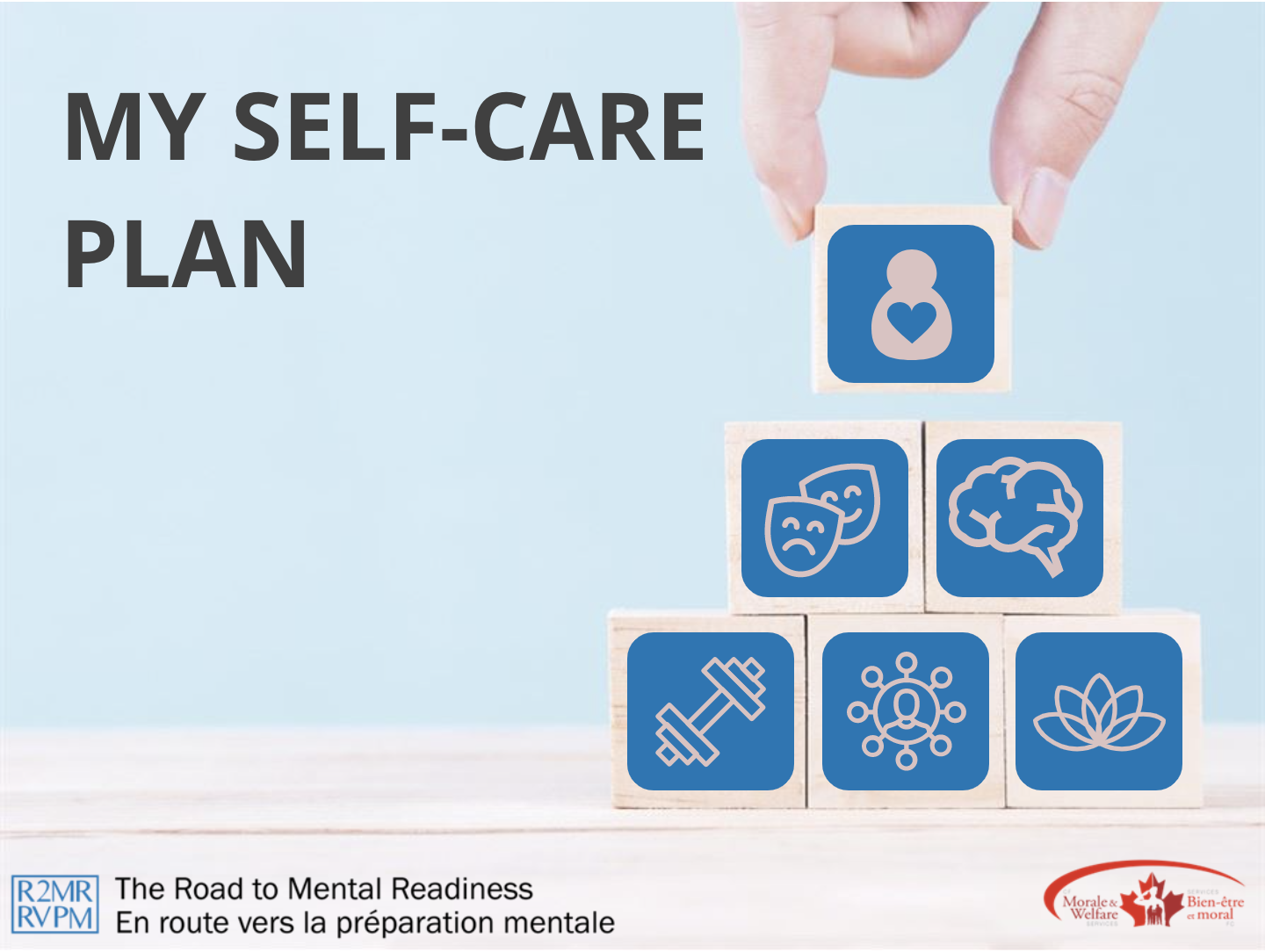Why is self-care important?
The term self-care * refers to “activities and practices that we can engage in on a regular basis to reduce stress”. Self-care activities help maintain and enhance our health and well-being in the short-term, and have been linked to long-term resilience and continuous improvement. For example, doing yoga helps to relax and refresh you in the moment, but also builds your body’s resilience for managing future stressors.
Self-care can help us feel and function at our best by balancing “stress” states with “recovery” states. If recovery is adequate, we are able to react effectively and cope successfully with stress. During the recovery process our physiology returns to pre-stress levels (stress hormones dissipate) and psychological strain is reduced. Therefore, self-care is really about deliberately engaging in activities that promote recovery. It is important to note that recovery is a self-initiated goal-oriented activity. This means that self-care activities do not just happen on their own, rather we make a conscious choice to engage in them.
If self-care is so critical to health and well-being, and engaging in these activities actually feels good, why do so many people not make time for it? The interactive activity below, will explore some common reasons people often give for not engaging in the practice. Each reason is paired with some counter-arguments.
The Importance of Self Care
Note: To clear your answers or restart the activity, please refresh the webpage or exit the learning hub.
Recovery Activities
As mentioned in the section on Understanding Stress, stress is the wear and tear on the body and mind caused by the need to adapt to demands in our environment.
A comprehensive self-care plan includes activities from all the domains of health, which comprise the physical, social, mental, emotional and spiritual components of well-being.
Click on the graphic below for examples of different recovery activities in each of the domains of health.
What is flourishing?
Self-care is more than just down-time. It also includes purposeful activities that help promote health and well-being.
Flourishing *means that one is “living optimally”. This video will explore the concepts of flourishing and PERMA, based on the work by Dr. Martin Seligman. PERMA involves five elements that enable you to achieve and sustain long-lasting well-being: Positive emotion, Engagement, Relationships, Meaning, Accomplishments.
Part of PERMA is identifying and leveraging your key areas of strength to enhance your self-care activities. The VIA Character Strengths Survey, developed by the University of Pennsylvania Positive Psychology Center, can help you discover your top 5 “signature strengths”. Once you have completed the survey, consider how your strengths can inform and influence the activities you include in your self-care plan.
Click here to access the VIA Character Strengths Survey.
My Self-Care plan
Estimated time: 20-30 minutes
Learning objectives
This activity will guide you through some questions to determine what you currently do for self-care, which recovery domains your activities fall within, and whether there are any gaps you would like to fill.
Now that you have focused on what self-care is and why it is so important, it is time to build a customized self-care plan.
When building your own plan remember to include activities in each of the domains of health. This activity will suggest strategies that are useful for keeping you on track to implement your plan.
Note: To clear your answers or restart the activity, please refresh the webpage or exit the learning hub.



